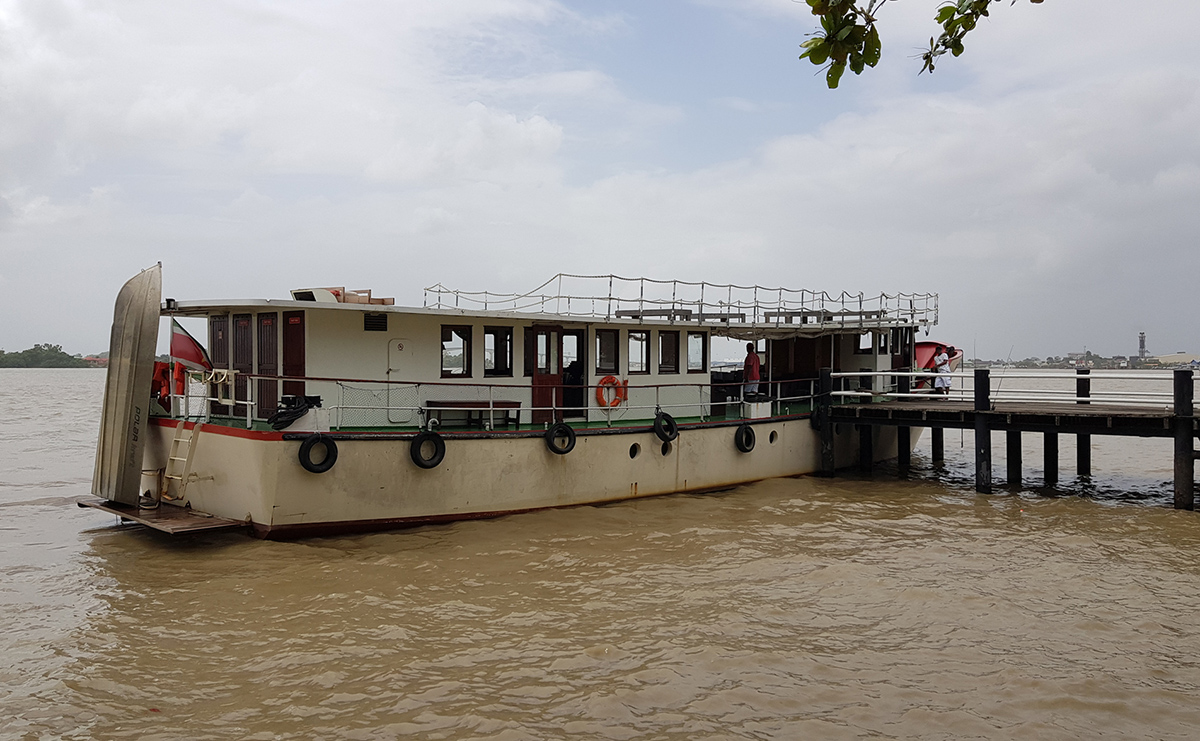Economic activities have accelerated
… an estimated 30 billion barrels of recoverable oil lie off the Surinamese coast
By Ivan Cairo*
Led by its oil and gas sector, Suriname is entering exciting times. Although oil companies TotalEnergies Global and APA Corporation have not yet released a final investment decision since the first significant oil discovery was announced by APA Corporation in January 2020, economic activities have accelerated.
Companies, from those that invest in heliports and supply activities for exploration and possible exploitation, to businesses that provide maritime services, are re-emerging. And there are initiatives to set up shore bases for services to oil companies.

State-owned NV Havenbeheer Suriname and the US-based Phoenix Development Holding Company have announced plans to set up a deep-water port in Nickerie, in the west of the country. No less than US$2.2 billion would be invested in its development. But what is taking shape already is the initiative of the Dubai-based DP World and the local HJ de Vries Group. They have already started the construction of a shore base in Suzannasdaal, along the Suriname River in Commewijne, opposite the capital Paramaribo. The shore base at Suzannasdaal must be operational by mid-2023 at the latest. Then the first phase, to accommodate two ships, will be finished.
Ultimately, the project should have a total quay length of approximately one kilometre. And an area of almost 100 hectares will be earmarked for the port that will serve the oil and gas sector.
The Suzanna’s Daal Support Base is located close to the river mouth and will be the closest port for Suriname’s offshore operations. There are promising oil discoveries some 200 km off the coast. According to experts, an estimated 30 billion barrels of recoverable oil lie off the Surinamese coast.
The consortium of DP World and HJ de Vries Group would have invested almost US$300 million when the total project is completed.
“But our projection is that we will be 10 years later,” says Daniël Falix, one of the civil engineers associated with FIRM Engineering, who is implementing the project. Falix gave a presentation about the project during the Suriname Energy, Oil and Gas Summit held in June 2022. The first phase will cover approximately 200m of quay, allowing two service boats to be handled at a time. Then, USD100 million will be invested.

Second phase
In the second phase, another 50 hectares will be developed. The port capacity will have an extra quay of 500m and five vessels can be handled at the same time. The entire quay will stretch one kilometre but will not only serve the oil and gas sector. Other port activities will also take place on approximately half of the quay, to enable heavy lifting of up to 150 tonnes.
The port will house several factories, warehouses, and workshops to store offshore equipment, a fuel terminal, a heliport, a waste management facility, and a water treatment facility. It will also house a medical centre. Roads will also have to be improved or built, which will cover nearly 100 hectares of the available 330-hectare property.
The Suriname River will also have to be dredged further at the port to facilitate mooring and manoeuvring. The intention is to create a draft of 7m, so that large oil tankers can also access the river. Maritime Authority Suriname recently had the river dredged to a depth of 4.5m but this is still insufficient to facilitate the large tankers that are expected. []
- First published August 1, 2022.
- * Ivan Cairo is a Senior Journalist based in Suriname.





